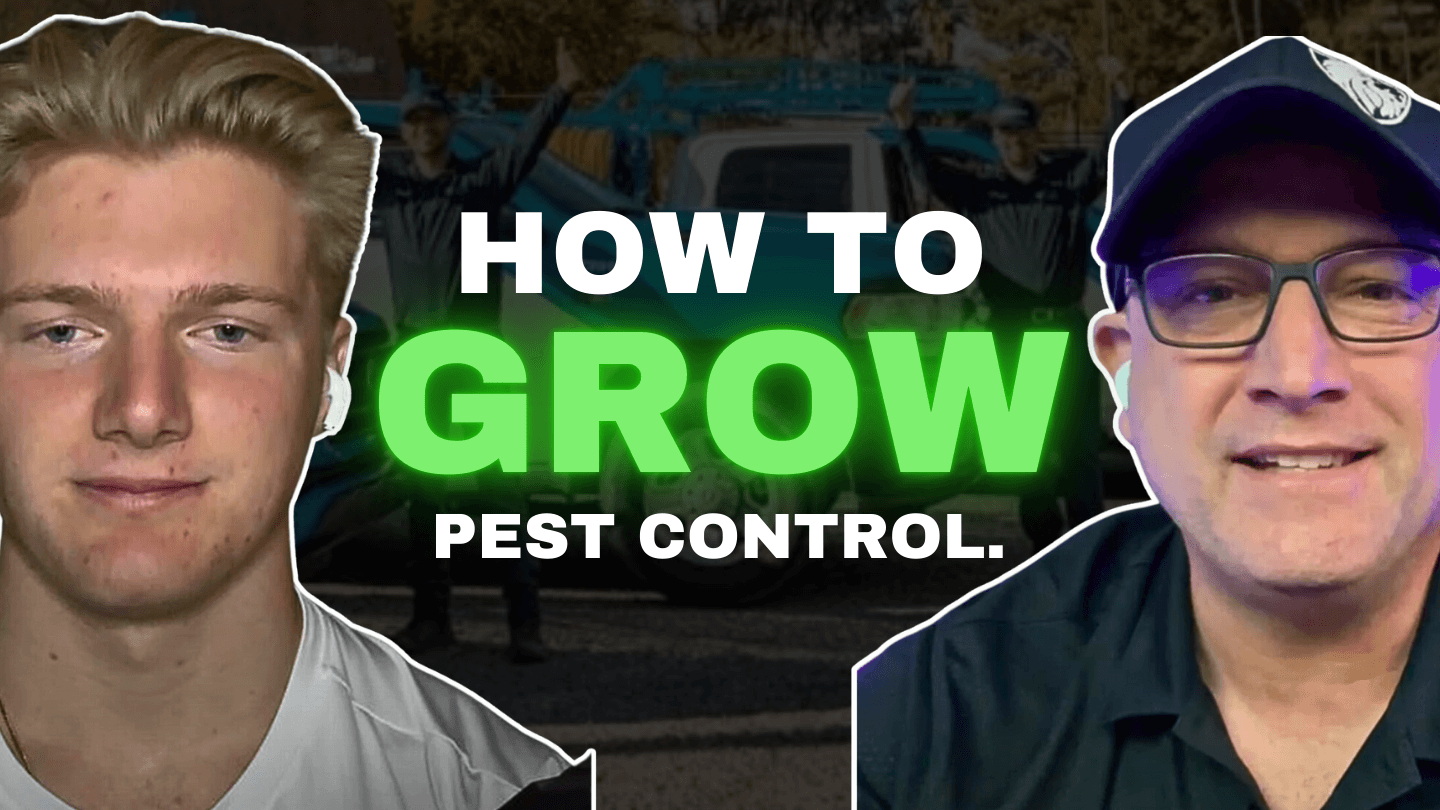Informational
Local SEO Audit: How To Audit Local SEO Properly
Danny Leibrandt
Jul 12, 2024
If you want to ensure your business is ranking well in local search results and driving consistent traffic, performing a local SEO audit is essential. A comprehensive audit will reveal strengths, weaknesses, and opportunities in your current local SEO strategy. In this guide, I’ll walk you through how to properly audit your local SEO efforts so you can make the necessary adjustments to boost your local search rankings.
1. What Is a Local SEO Audit and Why Is It Important?
A local SEO audit is an in-depth review of all the factors that influence your business’s local search rankings. It helps you understand how well your website and online presence are optimized for local searches. Regular audits are crucial because:
Identify Issues: An audit reveals any technical issues, inconsistencies, or optimization gaps that could be harming your local rankings.
Track Progress: Audits help you measure the success of your local SEO strategy over time.
Stay Competitive: Local SEO is highly competitive. An audit ensures you’re staying ahead of competitors by spotting areas for improvement.
2. Key Components of a Local SEO Audit
To conduct a thorough local SEO audit, you need to evaluate several key components that influence your local search performance.
a. Google Business Profile (GBP) Audit
Your Google Business Profile is the foundation of your local SEO. Make sure it's fully optimized by reviewing the following:
Complete Information: Ensure your business name, address, phone number (NAP), business hours, and website URL are accurate and up-to-date.
Categories: Double-check that you’ve selected the correct primary and secondary categories. Categories play a significant role in how Google ranks your business for relevant searches.
Photos and Posts: Add high-quality images that represent your business. Regularly update Google Posts to engage with your audience.
Reviews: Monitor your reviews and respond to them. Encourage satisfied customers to leave new reviews, as they influence your local rankings.
b. Website SEO Audit
Your website is the core of your local SEO strategy. Here’s what to look for when auditing your website:
On-Page SEO: Check if your key pages (home page, service pages, and location pages) are optimized with relevant local keywords. This includes title tags, meta descriptions, headers, and content.
Mobile-Friendliness: Ensure your website is fully responsive and mobile-friendly, as many local searches happen on mobile devices.
Page Speed: Use tools like Google PageSpeed Insights to check your website’s loading speed. Slow loading times can hurt your rankings and user experience.
Location Pages: If you serve multiple cities or regions, create individual pages for each location. These should be optimized with city-specific keywords and unique content.
c. NAP Consistency Audit
NAP (Name, Address, Phone Number) consistency is critical for local SEO. Google relies on this information to verify the legitimacy of your business. Here’s how to audit for NAP consistency:
Citations: Check your business listings on all major directories (e.g., Yelp, Yellow Pages, Angie’s List). Ensure your NAP is consistent across all platforms.
Website NAP: Make sure your NAP is clearly displayed on your website, especially on the contact page and in the footer.
Google Business Profile NAP: Ensure the NAP on your Google Business Profile matches the one on your website and other listings.
d. Local Keyword Audit
It’s important to target the right keywords for your business’s local SEO. Conducting a keyword audit will help you understand which keywords are driving traffic and which ones need improvement.
Keyword Rankings: Use tools like SEMrush or Ahrefs to check how well your site ranks for local keywords. Focus on primary keywords like “pest control in [City]” as well as long-tail keywords like “affordable pest control services near me.”
Content Optimization: Review your website’s content to ensure it’s optimized with relevant local keywords, particularly on service and location pages.
Competitor Analysis: Look at what keywords your competitors are targeting. This can help you find new opportunities for your local SEO strategy.
e. Local Backlink Audit
Backlinks from reputable, local websites are crucial for improving your authority and rankings in local searches. A backlink audit will help you assess your current backlink profile and find opportunities to build more local links.
Analyze Backlinks: Use tools like Moz or Ahrefs to analyze the backlinks pointing to your site. Focus on acquiring links from local businesses, directories, and blogs.
Local Partnerships: Consider reaching out to local businesses or organizations for partnerships or sponsorship opportunities that could lead to backlinks.
Monitor Competitors’ Backlinks: Analyze the backlinks of your top local competitors to find link-building opportunities.
f. Local Citation Audit
Citations are online mentions of your business on local directories and websites. They help build credibility and boost your rankings. During your audit, ensure you’re listed on all the relevant local directories.
Citation Presence: Use tools like BrightLocal or Moz Local to track which directories have your business listed. Ensure your NAP is consistent across all citations.
Missing Citations: Identify any gaps in your citations and submit your business to local directories where you’re not currently listed.
Competitor Citations: Check where your competitors are listed and look for citation opportunities on niche or industry-specific directories.
3. Using Tools to Conduct Your Local SEO Audit
There are several SEO tools available that can streamline the auditing process and provide you with detailed reports. Here are some of the best ones:
Google Search Console: Check for indexing issues, keyword performance, and search traffic.
Moz Local: Monitor and manage your local business listings across multiple directories.
BrightLocal: A comprehensive local SEO tool that tracks citations, rankings, and Google Business Profile performance.
SEMrush: A robust tool for keyword research, backlink analysis, and competitor tracking.
4. Creating an Actionable Local SEO Audit Report
After conducting your local SEO audit, you’ll need to create a clear, actionable report that highlights areas for improvement and outlines next steps.
Key Findings: Summarize the most important insights from the audit, such as NAP inconsistencies, keyword gaps, or opportunities for new citations.
Action Plan: Create a prioritized list of tasks based on your findings. For example, “Update inconsistent NAP listings on Yelp and Angie’s List” or “Optimize service pages for additional long-tail local keywords.”
Track Progress: Set benchmarks for improvement and monitor your progress over time. This helps you assess how well your adjustments are working.
5. Regularly Schedule Local SEO Audits
Local SEO is an ongoing effort, and regular audits are essential to maintaining your rankings and staying competitive. Schedule audits at least quarterly to ensure your local SEO is always on point.
Quarterly Audits: Regularly checking your rankings, NAP consistency, and backlinks will help you stay proactive and catch issues before they impact your search performance.
Update Content: Use your audits to refresh your content, update citations, and make any necessary technical fixes on your site.
Conclusion
Performing a local SEO audit is one of the most effective ways to identify issues and opportunities in your current strategy. By auditing key components like your Google Business Profile, website SEO, NAP consistency, and local backlinks, you can ensure that your business is optimized for local search success. At Pest Control SEO, I’ve helped many businesses achieve better local rankings through thorough audits and actionable insights. Use this guide to audit your own local SEO efforts and start making improvements today.


